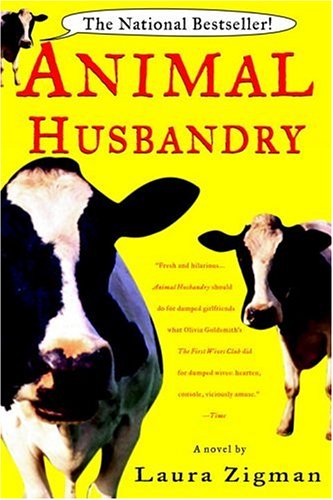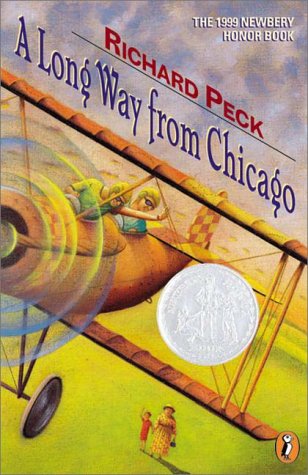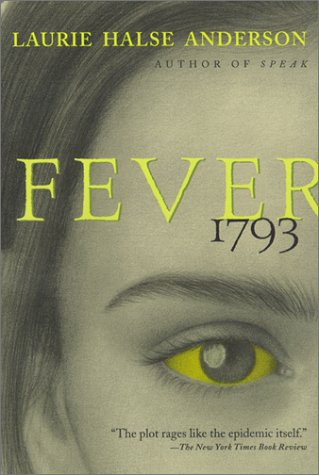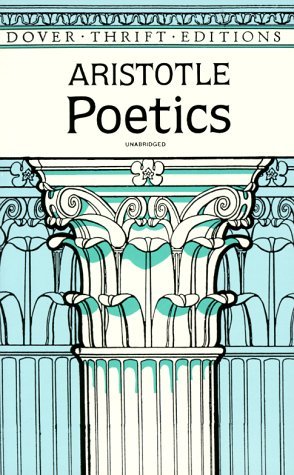 Animal Husbandry by Laura Zigman
Animal Husbandry by Laura ZigmanGenre: Fiction
Published in 1999
Recommended Age Group: Adult
Summary: Animal Husbandry covers the love and loss of Jane Goodall. Jane books talent at a recently syndicated talk show. Ray comes in to help with the show and Jane instantly notices him. When Ray notices Jane he begins a whirlwind courtship. Within too weeks they are practically living together, Ray says “I love you” and asks Jane to move in with him. That’s when things started to go downhill. For some reason Ray just disappeared and Jane was left not only without a boyfriend but also without an apartment.
Jane moves in with Eddie, a womanizing co-worker who needs the extra money. While living with Eddie she feeds her bitterness about the breakup with alcohol until the New Cow theory is born. Jane uses Eddie and her other friends Joan and David as research to feed the obsessive need to find out why men dump women. She decides to make the Now Cow theory public by writing an article for the men’s magazine that Joan works for. In the end she learns that men are not Bulls but they are also completely unpredictable and that she will never understand why some things happen.
Personal Notes: This is the book that the movie “Someone Like You” with Ashley Judd and Hugh Jackman was based on. While it is not exactly like the movie it is still great. The plot is more stream of consciousness than the movie and that makes it fun to read. I loved the use of Cow and Bull instead of the people’s names, on some levels the theory makes sense. Jane tells the story as she feels it and little details come clear to the reader when they come clear to her. Zigman captures the pain of getting dumped but makes it fun, which is an amazing feat. It uses the F-word a little more than I would care for but it’s a great book for anyone to read to give them a lift if they are still dating or to remind us married gals why we stay with our husbands.
 A Long Way from Chicago by Richard Peck
A Long Way from Chicago by Richard Peck Fever 1793 by Laurie Halse Anderson
Fever 1793 by Laurie Halse Anderson Poetics by Aristotle
Poetics by Aristotle Bud, Not Buddy by Christopher Paul Curtis
Bud, Not Buddy by Christopher Paul Curtis Flush by Carl Hiaasen
Flush by Carl Hiaasen